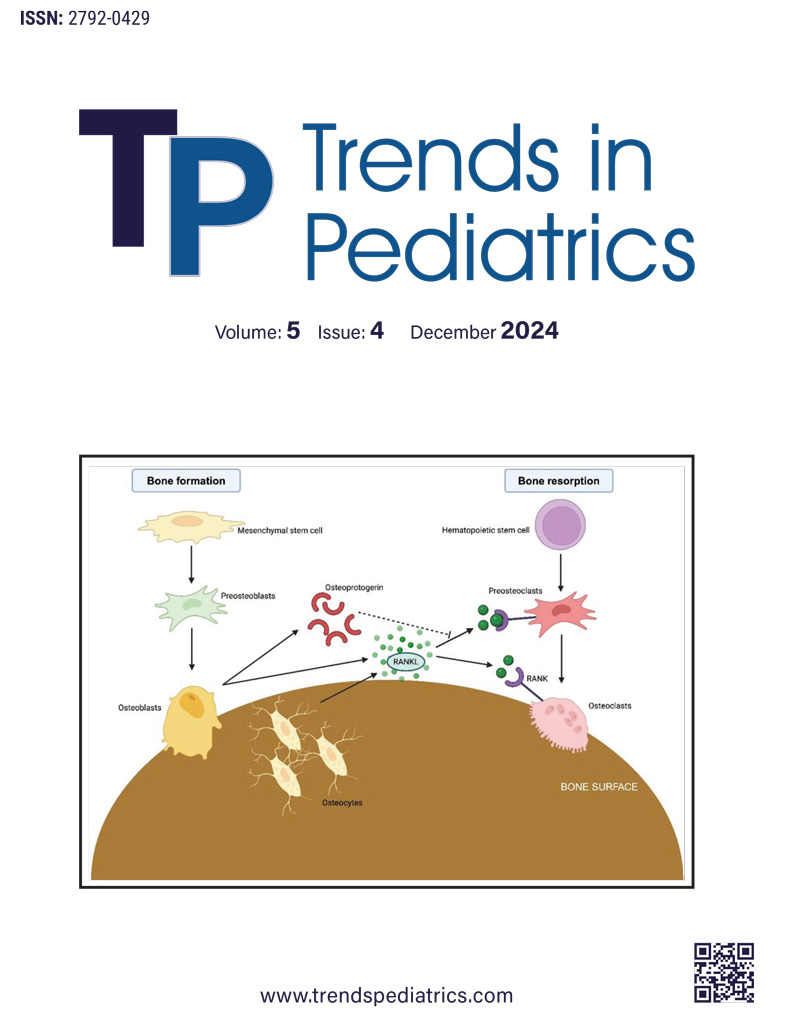Abstract
Objective: The FDXR gene encodesferredoxin reductase, which is a mitochondrial membrane protein and plays a role in Fe-S cluster synthesis. Loss of function in this gene causes intracellular iron accumulation, leading to dysfunction, especially in nervous system cells. To date, 46 patients with biallelic FDXR variants have been reported. While optic atrophy was a common finding in most of the patients, it was found that many neurological findings were also accompanied.
Method: Two siblings from an unrelated Turkish family and their parents were included. DNA was isolated from the patient’s blood sample. Whole exome sequencing was performed using next-generation DNA sequencing.
Results: We described two siblings with the same compound heterozygous variants, but with phenotypically different characteristics. While ataxia, opticatrophy, and minor dysmorphic findings were present in one sibling, we did not detect any finding other than subclinical retinal dystrophy in the other sibling.
Conlusion: Many patients described in the literature have also been reported to show wide phenotypic variability. We would like to report these patients to contribute to the genotype phenotype relationship of the disease and to create resources for future gene therapies.
Keywords: FDXR gene, optic atrophy
References
- Shi Y, Ghosh M, Kovtunovych G, Crooks DR, Rouault TA. Both human ferredoxins 1 and 2 and ferredoxin reductase are important for iron-sulfur cluster biogenesis. Biochim Biophys Acta. 2012;1823:484-92. [Crossref]
- Sheftel AD, Stehling O, Pierik AJ, et al. Humans possess two mitochondrial ferredoxins, Fdx1 and Fdx2, with distinct roles in steroidogenesis, heme, and Fe/S cluster biosynthesis. Proc Natl Acad Sci U S A. 2010;107:11775-80. [Crossref]
- Masnada S, Previtali R, Erba P, et al. FDXR-associated disease: a challenging differential diagnosis with inflammatory peripheral neuropathy. Neurol Sci. 2023;44:3037-43. [Crossref]
- Paul A, Drecourt A, Petit F, et al. FDXR Mutations Cause Sensorial Neuropathies and Expand the Spectrum of Mitochondrial Fe-S-Synthesis Diseases. Am J Hum Genet. 2017;101:630-7. [Crossref]
- Slone JD, Yang L, Peng Y, et al. Integrated analysis of the molecular pathogenesis of FDXR-associated disease. Cell Death Dis. 2020;11:423. [Crossref]
- Song SJ, Hong Y, Xu K, Zhang C. Novel biallelic compound heterozygous mutations in FDXR cause optic atrophy in a young female patient: a case report. Int J Ophthalmol. 2021;14:1796-8. [Crossref]
- Jurkute N, Shanmugarajah PD, Hadjivassiliou M, et al. Expanding the FDXR-associated disease phenotype: retinal dystrophy is a recurrent ocular feature. Invest Ophthalmol Vis Sci. 2021;62:2. [Crossref]
- Peng Y, Shinde DN, Valencia CA, et al. Biallelic mutations in the ferredoxin reductase gene cause novel mitochondriopathy with optic atrophy. Hum Mol Genet. 2017;26:4937-50. [Crossref]
Copyright and license
Copyright © 2024 The author(s). This is an open-access article published by Aydın Pediatric Society under the terms of the Creative Commons Attribution License (CC BY) which permits unrestricted use, distribution, and reproduction in any medium or format, provided the original work is properly cited.














